
Leisurely

Germany is a country known for its rich history, impressive architecture, and world-class cycling infrastructure. But beyond the bustling cities and famous tourist hotspots, there's a hidden gem that promises a unique cycling experience: the Baltic Coast Cycle Route (Ostseeküstenradweg). Stretching along the northern coast of Germany, this scenic route takes cyclists on an unforgettable journey through charming coastal towns, unspoiled nature, and historic landmarks.
In this blog, we’ll explore why the Baltic Coast Cycle Route is a must-ride for cycling enthusiasts and anyone looking to discover the stunning beauty of Germany’s lesser-known coastal regions. From the breathtaking beaches and tranquil forests to the charming seaside towns, let’s take a closer look at why this cycling route is one of Germany’s best-kept secrets.
The Baltic Coast Cycle Route follows the coastline of the Baltic Sea, offering cyclists picturesque views of sandy beaches, cliffs, and idyllic islands. Starting from Flensburg in the west, near the Danish border, the route winds its way through beautiful coastal towns, natural parks, and quaint villages, all the way to Usedom and Ahlbeck in the east.
Cycling along this route, you’ll pass through lush forests, rolling hills, and dramatic cliffs that line the Baltic shores. The route offers cyclists a mix of flat stretches perfect for leisurely rides and gentle ascents that offer spectacular views over the sea. Whether you're riding through Schleswig-Holstein or the more rugged landscapes of Mecklenburg-Vorpommern, the ever-changing coastal scenery will leave you in awe.
One of the highlights of the route is the section along Rügen Island, Germany’s largest island, which boasts some of the country’s most stunning landscapes. With its white chalk cliffs, sandy beaches, and dense forests, Rügen offers a peaceful and serene atmosphere for cyclists to enjoy. The famous Jasmund National Park, with its dramatic cliffs overlooking the Baltic, is a highlight of the island and an absolute must-see.
The Baltic Coast Cycle Route is suitable for cyclists of all experience levels, making it an accessible adventure for both beginners and seasoned riders. The route is well-marked and primarily follows dedicated bike paths, making it safe and enjoyable for cyclists. The terrain is relatively flat, with some gentle climbs along the way, making it a perfect choice for those looking for an easy-going ride through stunning landscapes.
For families or cyclists looking for a more relaxed pace, the route offers plenty of opportunities to stop and explore charming towns, historic sites, and natural wonders. The distance between each town or village is manageable, and cyclists can break up their ride into leisurely stages. With its bike-friendly accommodations and peaceful surroundings, the Baltic Coast Cycle Route is an ideal family cycling destination.
For those looking for a bit more of a challenge, certain sections of the route, particularly along the cliffs of Rügen Island and the Darß Peninsula, offer more demanding climbs and rugged terrain. These areas are perfect for those looking to test their endurance while enjoying spectacular vistas.
Along the Baltic Coast Cycle Route, cyclists will have the chance to explore some of Germany’s most charming and historically significant towns. Each stop on the route offers a unique glimpse into the region’s rich cultural heritage, from medieval architecture to maritime traditions.
Flensburg, the starting point of the Baltic Coast Cycle Route, is a picturesque town on the border with Denmark. Known for its historic old town, cobblestone streets, and harbour, Flensburg blends German and Danish influences. Here, cyclists can explore the town’s maritime heritage, visit the Flensburg Maritime Museum, or enjoy a walk along the waterfront promenade.
As you continue along the route, the city of Kiel offers a perfect blend of coastal beauty and urban charm. Located on the Kiel Fjord, the city is famous for its maritime traditions and annual Kiel Week, one of the largest sailing events in the world. While in Kiel, cyclists can visit the Kiel Canal, explore the city’s historic center, or relax at one of the many cafes overlooking the harbor.
Another highlight along the route is Rostock, a lively port town with a rich history dating back to the 13th century. Known for its medieval town square, Gothic architecture, and vibrant atmosphere, Rostock offers plenty of cultural attractions. Just a short ride away is the charming seaside village of Warnemünde, with its long sandy beaches, lighthouse, and historic fishing harbor. Here, cyclists can take a break and enjoy the fresh sea breeze, or visit the Warnemünde Lighthouse, which offers panoramic views of the coastline.
For nature lovers, the Baltic Coast Cycle Route offers more than just scenic views—it’s an opportunity to explore some of Germany’s most unique and protected natural areas. From coastal wetlands to lush forests, the route takes you through diverse ecosystems teeming with wildlife.
As mentioned, Rügen Island is a must-see destination for cyclists on the Baltic Coast Cycle Route. The island is home to the stunning Jasmund National Park, which features towering chalk cliffs, dense forests, and tranquil beaches. Cyclists can also visit Cape Arkona, a windswept headland offering dramatic views of the Baltic Sea.
The Darß Peninsula, located on the mainland near the town of Zingst, is another natural wonder along the route. This protected area is home to dense forests, meadows, and salt marshes. It is a haven for birdwatching, with countless species of birds migrating through the region. The peninsula also boasts pristine beaches and scenic dunes, making it an idyllic stop for nature lovers.
On the eastern side of the Baltic Coast Cycle Route, cyclists will pass through the Western Pomerania Lagoon Area National Park, an expansive area of coastal wetlands, lagoons, and forests. The park is home to a variety of bird species, including swans, ducks, and geese, making it an excellent destination for birdwatchers and nature enthusiasts.
No cycling trip is complete without indulging in some local cuisine, and the Baltic Coast is no exception. The region is known for its fresh seafood, particularly fish dishes, which are a staple of the local diet. Along the Baltic Coast Cycle Route, cyclists will have the opportunity to sample the best of northern German fare.
Freshly caught fish, such as plaice, herring, and cod, are a key part of the Baltic cuisine. In coastal towns, you’ll find numerous restaurants serving up delicious fish dishes, often prepared with local ingredients. Another local specialty is smoked fish, which is a popular delicacy in towns like Warnemünde and Rostock. Pair your fish with a local Pilsner or Berliner Weisse, a refreshing sour wheat beer.
The Baltic region is also famous for its sweet treats, and cyclists can indulge in a variety of cakes and pastries. Don’t miss the opportunity to try a piece of Rote Grütze, a fruity dessert made with red berries, or Kieler Sprotte, a smoked fish served with rye bread.
Germany is renowned for its excellent cycling infrastructure, and the Baltic Coast Cycle Route is no exception. The route is well-marked and primarily follows dedicated bike paths, making it accessible and safe for cyclists of all abilities. Along the route, you'll find plenty of bike-friendly accommodations, including guesthouses, hotels, and campsites that cater specifically to cyclists. Additionally, there are plenty of bike rental shops if you don't have your own bike with you.
The Baltic Coast Cycle Route is a true hidden gem in Germany, offering cyclists the perfect blend of natural beauty, cultural landmarks, and charming coastal towns. Whether you’re looking for a relaxing ride along the shores of the Baltic Sea, an adventurous journey through stunning national parks, or an exploration of historic towns, this route has it all. With its smooth paths, scenic landscapes, and friendly atmosphere, the Baltic Coast is a must-ride destination for anyone looking to discover the hidden beauty of northern Germany. So, pack your bike and get ready to explore one of Europe’s best-kept cycling secrets!

Leisurely
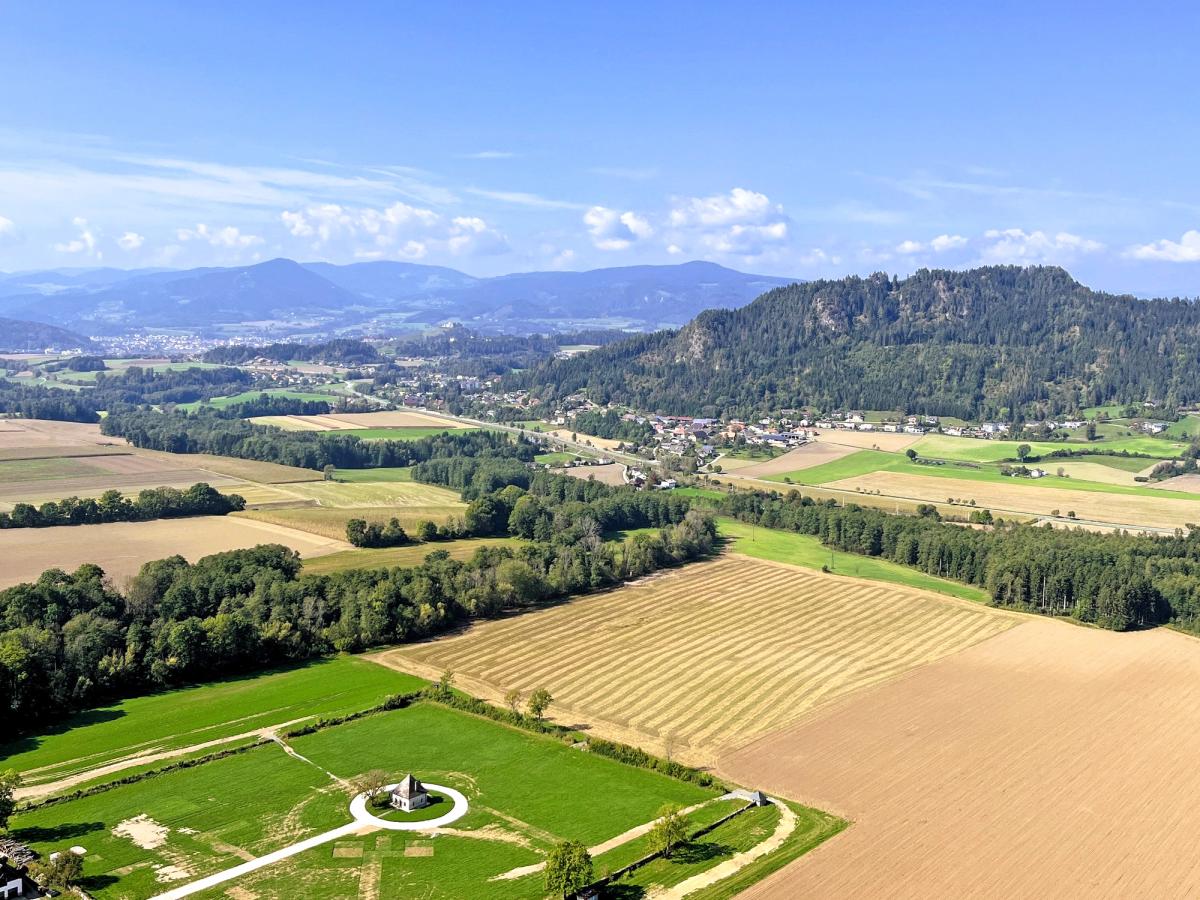
Leisurely
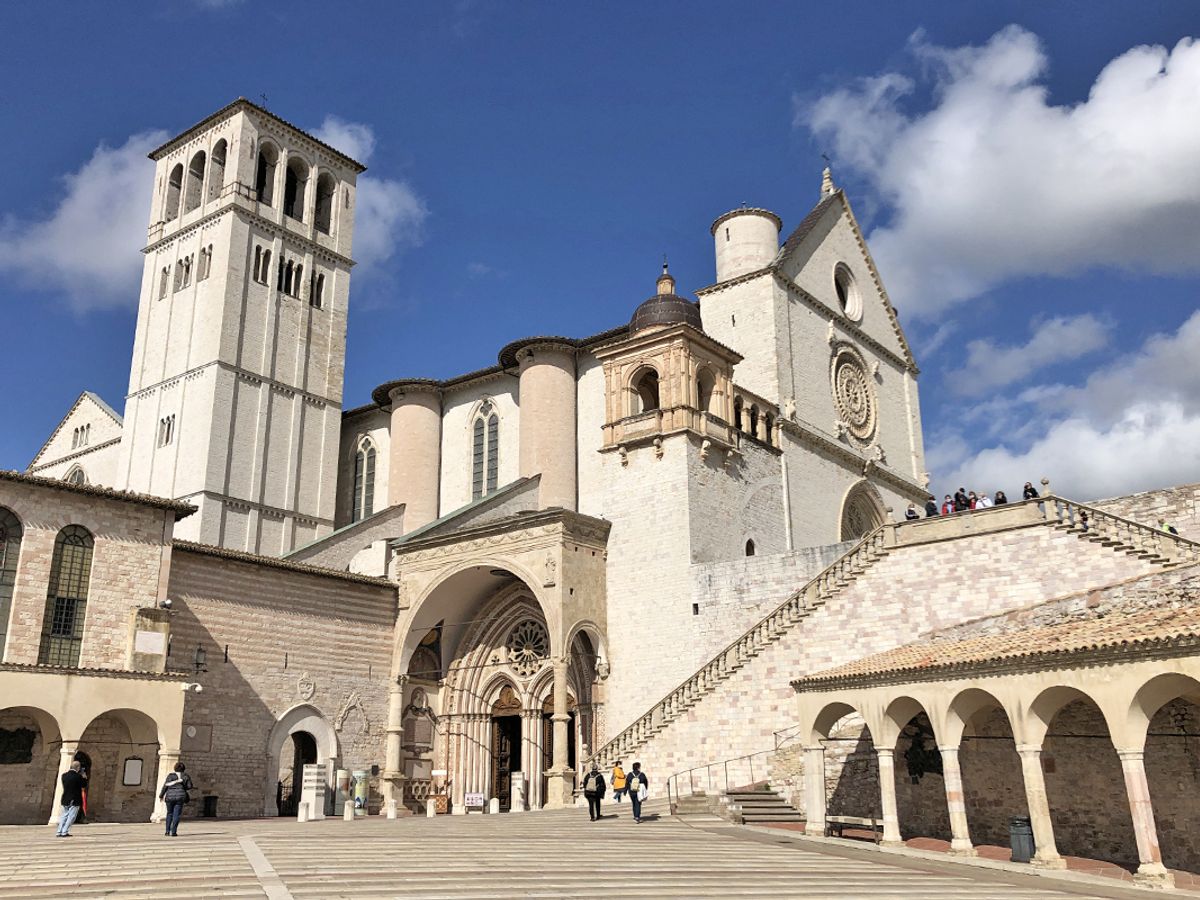
Moderate
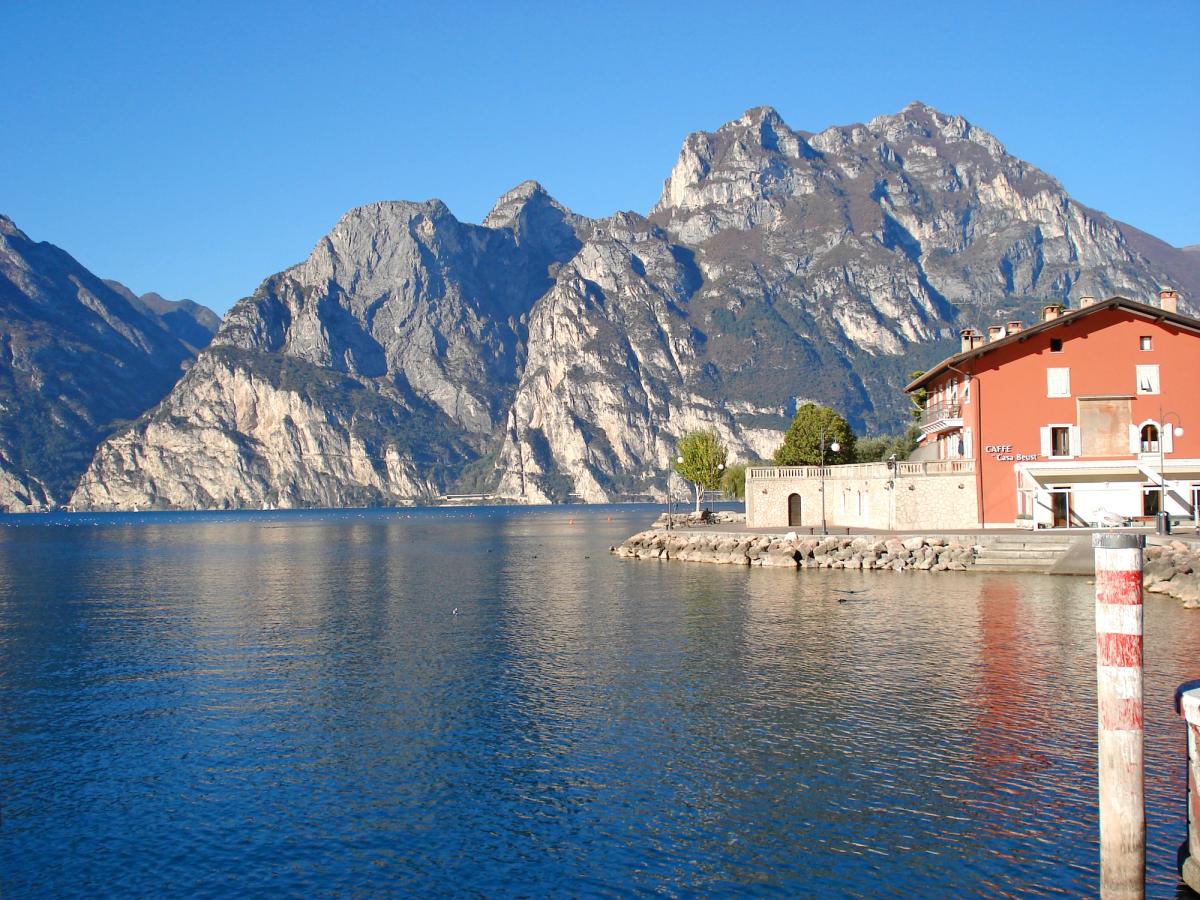
Leisurely

Moderate
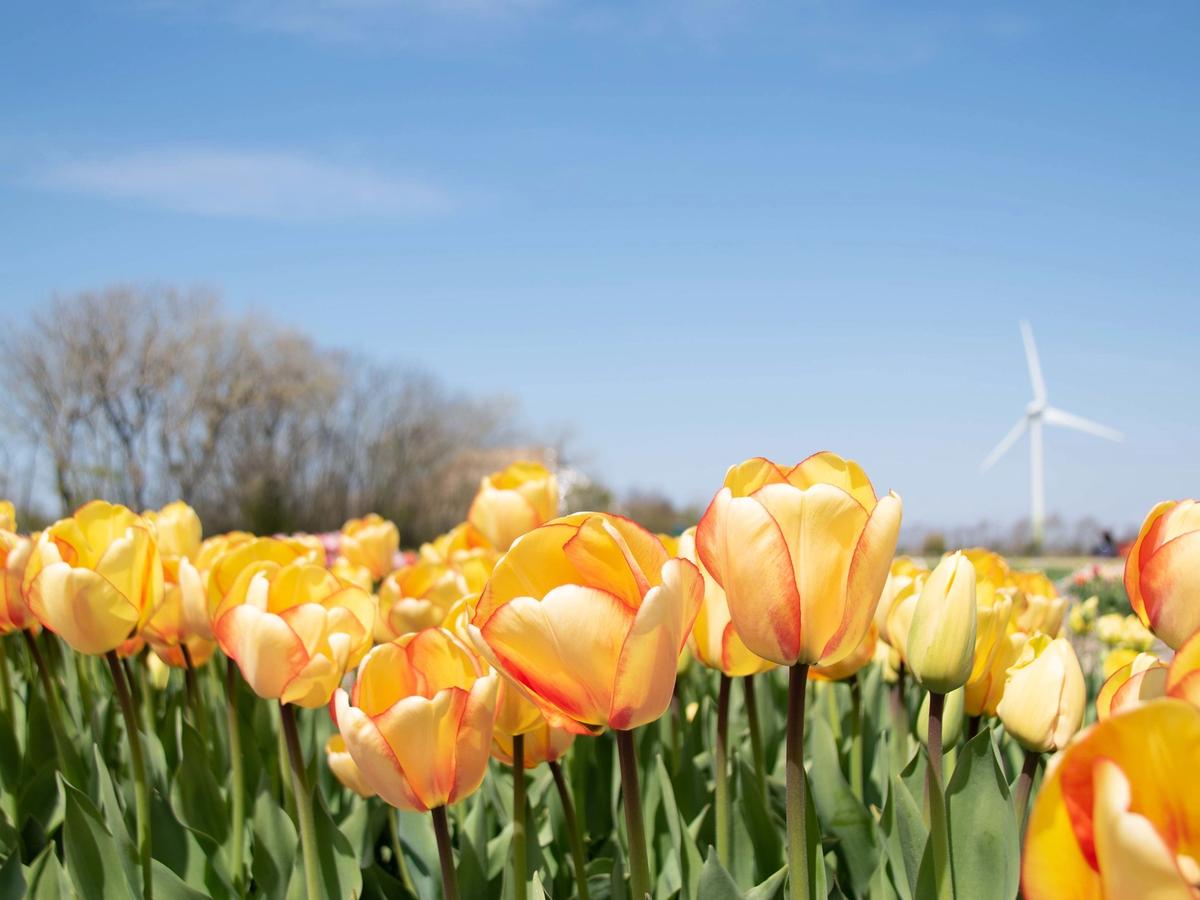
Easy

Easy
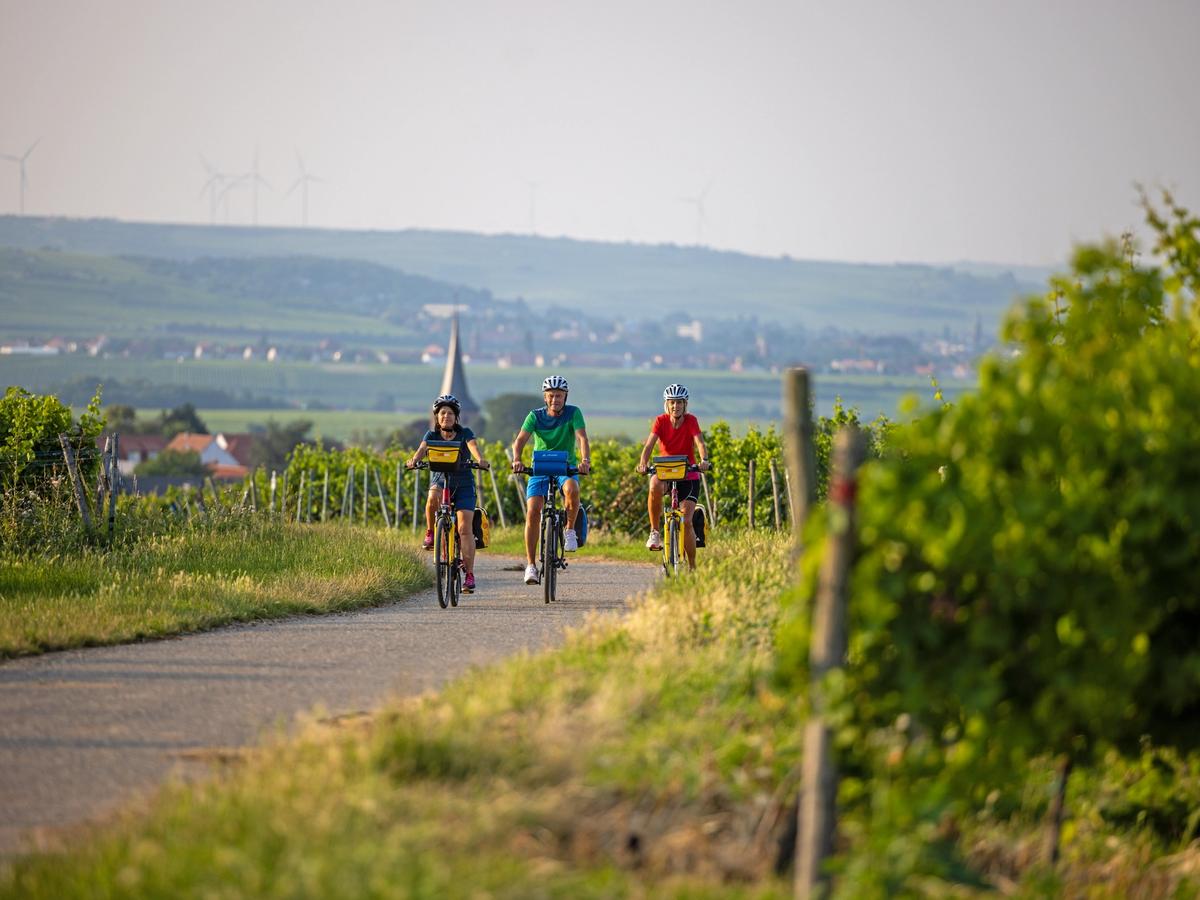
Moderate